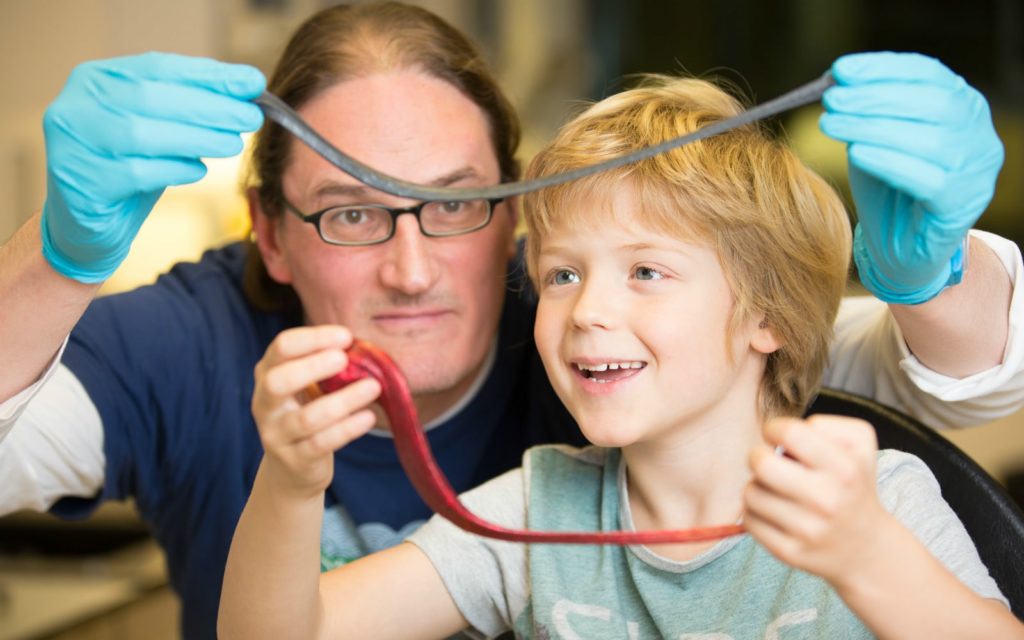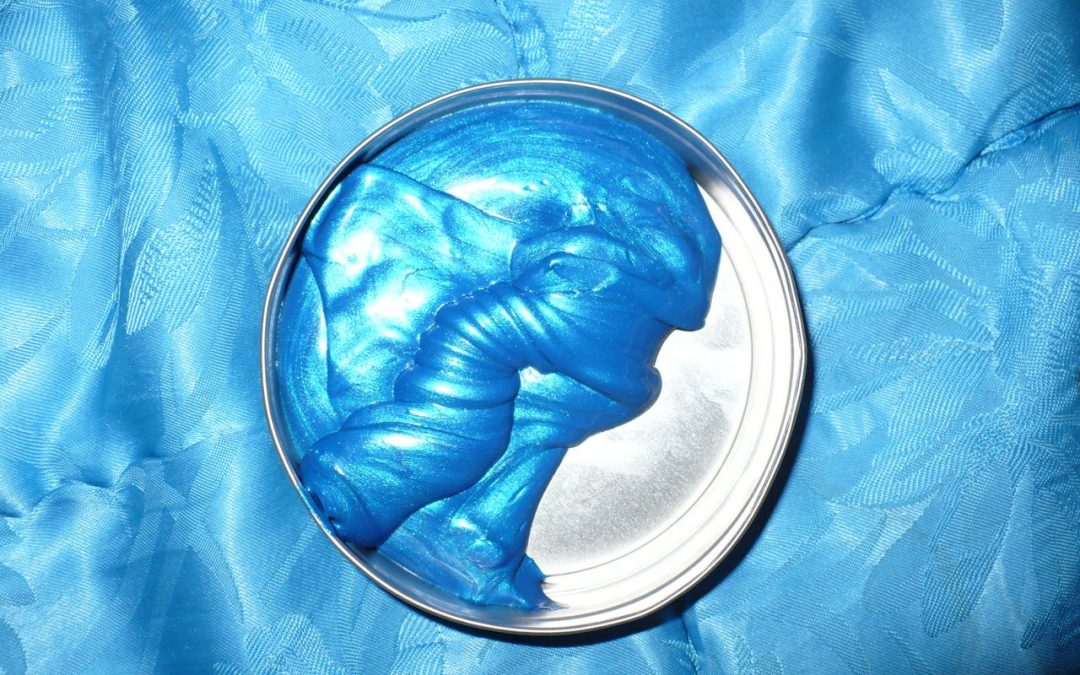Gunpowder was accidentally invented by a Taoist seeking an immortality elixir. Charles Goodyear accidentally spilled rubber on a stove–only to discover that heating it (vulcanization) made it more durable, weatherproof, and an all-around better product.
In our increasingly advanced world, it’s easy to forget that alchemists and scientists once discovered products through wild experimentation. But for centuries, that’s precisely how science worked–something that researchers at one Irish college rediscovered recently.
When scientists at Dublin’s Trinity College mixed carbon-based graphene with silicone-based Silly Putty (itself an accidental invention), they were surprised to discover that the result was not only stiffer, but also an extremely sensitive material that excelled as a sensor.

Professor Jonathan Coleman and his son, OIsin. Source: Trinity College Dublin
The resulting polymer, labelled G-Putty by scientists, is an interesting hybrid of characteristics: it has the flexibility and movement of Silly Putty, but with the sensitivity of graphene. After creating G-Putty, Trinity’s scientists ran an electric current through strings of G-Putty and measured any interruptions in the flow of electrical resistance.
The result? G-Putty’s graphene component made it 5000 times more sensitive than other sensor materials, rendering it the perfect material for detecting tiny, subtle changes. In fact, according to Jonathan Coleman, the leader of the research group responsible for creating G-Putty, “Even if you stretch or compress the Silly Putty [and graphene mixture] by one percent of its normal size, the electrical resistance will change by a factor of five.”
To summarize: even the slightest change, such as a baby’s heartbeat or a spider’s steps, would alter the electrical flow through G-Putty significantly. In fact, by pressing a tiny bit of graphene against your carotid artery (located at the intersection of your neck and jawbone), you can measure both your pulse and your blood pressure.
The applications for G-Putty are quite expansive. Given its ridiculously low cost, G-Putty can be the perfect, cheap sensor, used in anything from hospital emergency rooms to health trackers–really anything that requires the tracking of small, subtle changes.
In an era of escalating healthcare costs and rising consumer discontent, innovations like G-Putty sensors can well mean the difference between angry patients abandoning their healthcare providers and hospital profits.

